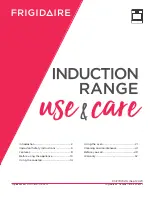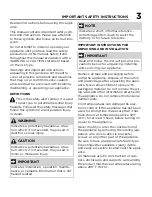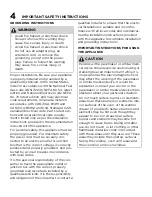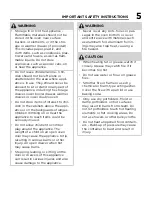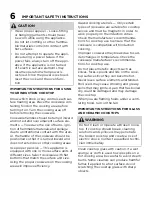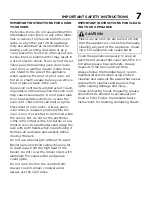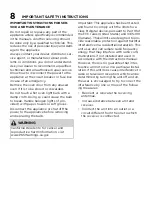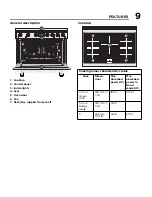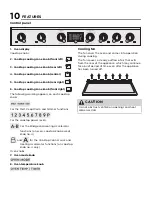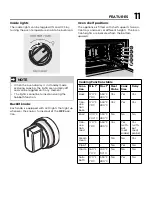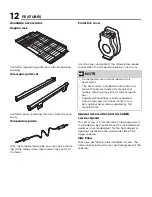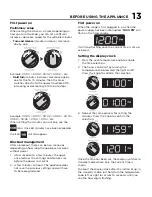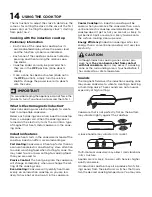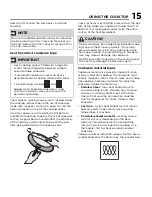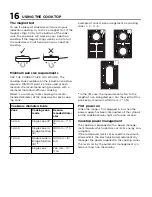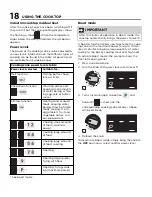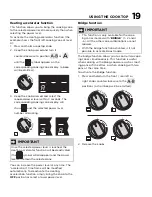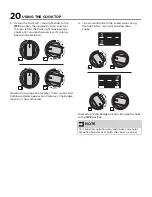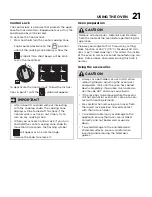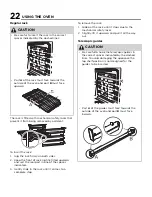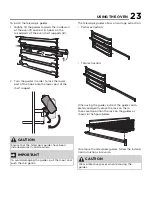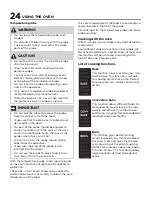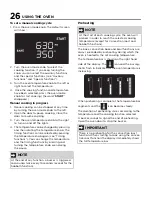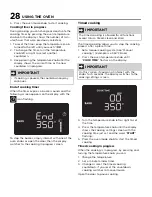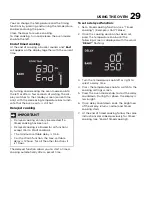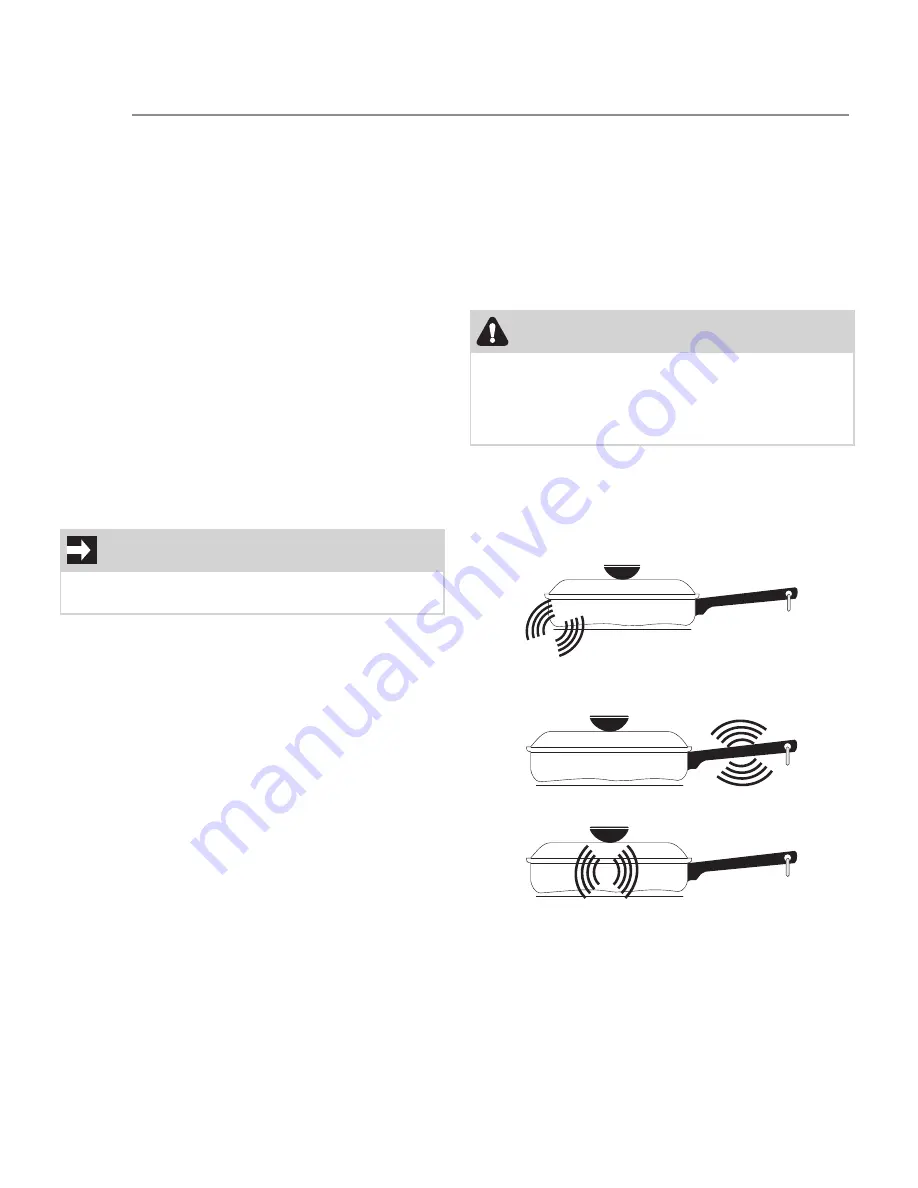
14
The instructions to adjust the clock in detail are the
same as for setting the clock in the case of the first
power on (see “Setting the display clock”) starting
from point no. 2.
Cooking with the induction cooktop
Preliminary information
• Each zone of the induction cooktop has its
own dedicated display, where the power level
and the function symbols are indicated.
• Each zone of the cooktop can be activated by
pressing and then turning the relative cook-
top knobs.
• Cooktop knobs can only be pressed when
they are in the
OFF
position (zone deacti-
vated).
• Once a zone has been activated (knob not in
the
OFF
position), simply turn the relative
knob to change the power level or to deacti-
vate the zone.
What is Electromagnetic induction?
Induction cooking uses electromagnets to create
heat in compatible cookware.
Below each cooking zone on an induction cooktop,
there is a copper coil. When the cooking zone is
turned on, the electricity turns the coil into a type
of magnet that heats metal cookware in the cook-
ing zone.
Induction features
Because heat starts in the cookware instead of the
cooktop, induction offers several advantages.
Fast Heating:
Cookware will heat up faster than on
a conventional electric cooktop. Pay close attention
to avoid scorching food when starting to cook. You
may need to use a lower setting for cooking food
than you are used to.
Precise Control:
The heat going into the cookware
will change immediately when you change the set-
ting of the cooking zone.
Even Heating:
Cookware will typically heat more
evenly on an induction cooktop, so you are less
likely to have hot or cool spots in the cookware.
Cooler Cooktop:
An induction cooktop will be
cooler when you remove the cookware than a con-
ventional electric cooktop would be. Because the
cooktop doesn’t get as hot, you are not as likely to
get burned. Spills are also less likely to cook onto
the surface, making clean-up easier.
Energy Efficiency:
Induction cooking wastes less
energy than a conventional cooktop, so it uses less
electricity.
Sounds
The magnetic field over the induction cooking zone
may cause cookware to vibrate, creating a buzzing
or humming noise. These sounds are not unusual,
especially at high settings.
Cookware that is not perfectly flat on the bottom
may vibrate slightly against the cooktop.
A loose handle may vibrate in its socket.
Multi-material cookware may allow small vibrations
in its structure.
Sounds are less likely to occur with heavier, higher
quality cookware.
An induction cooktop may also produce faint click-
ing sounds from the electronic switches that main-
tain the desired cooking temperature. You may also
IMPORTANT
To avoid damaging the appliance, do not force the
knobs to turn if you have not pressed them first.
CAUTION
Although induction cooking zones do not pro-
duce heat,
they can become hot from contact
with hot cookware.
Burns may occur if a cooking
zone or the surrounding area is touched before it
has cooled to a safe temperature.
USING THE COOKTOP

